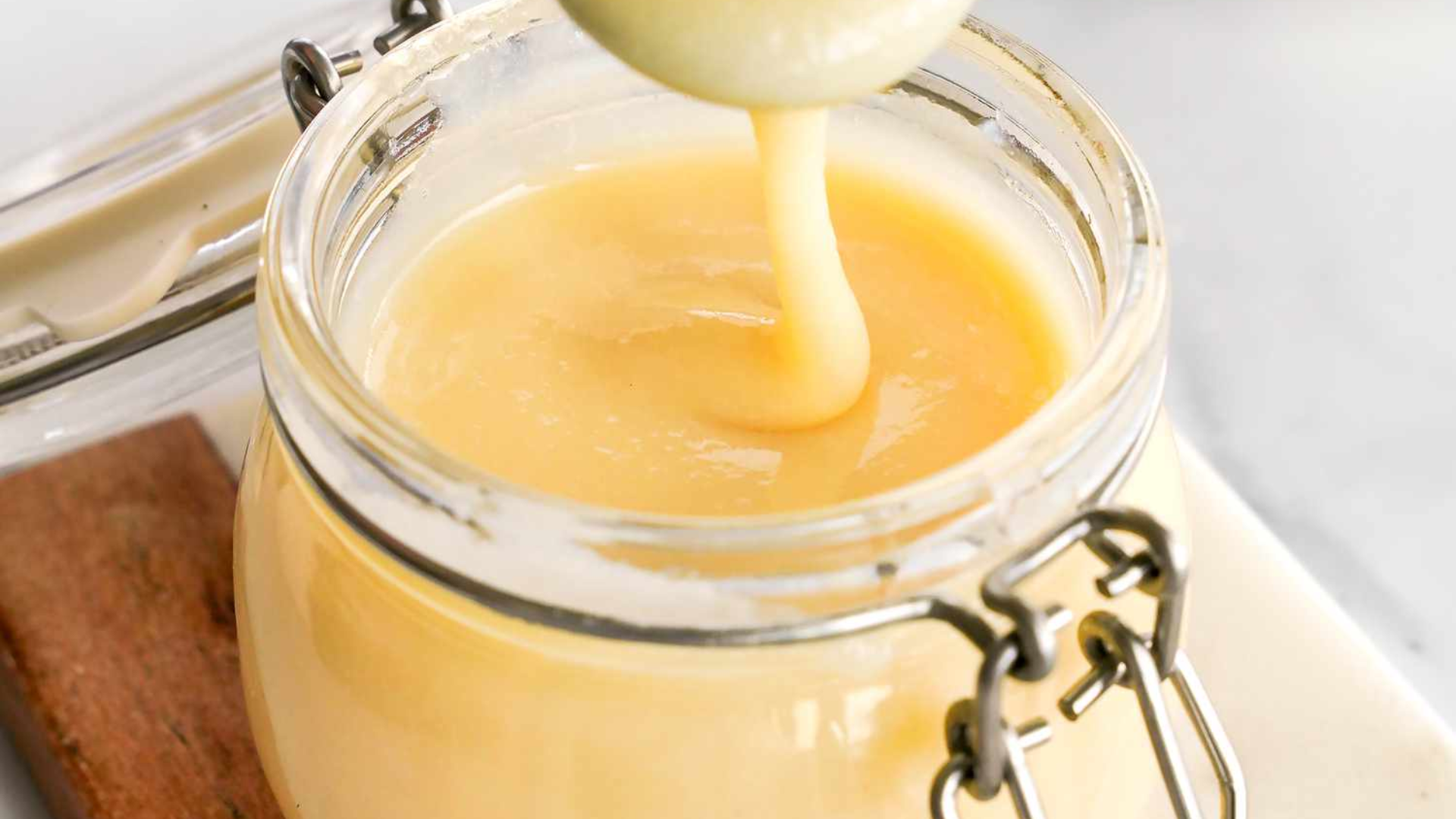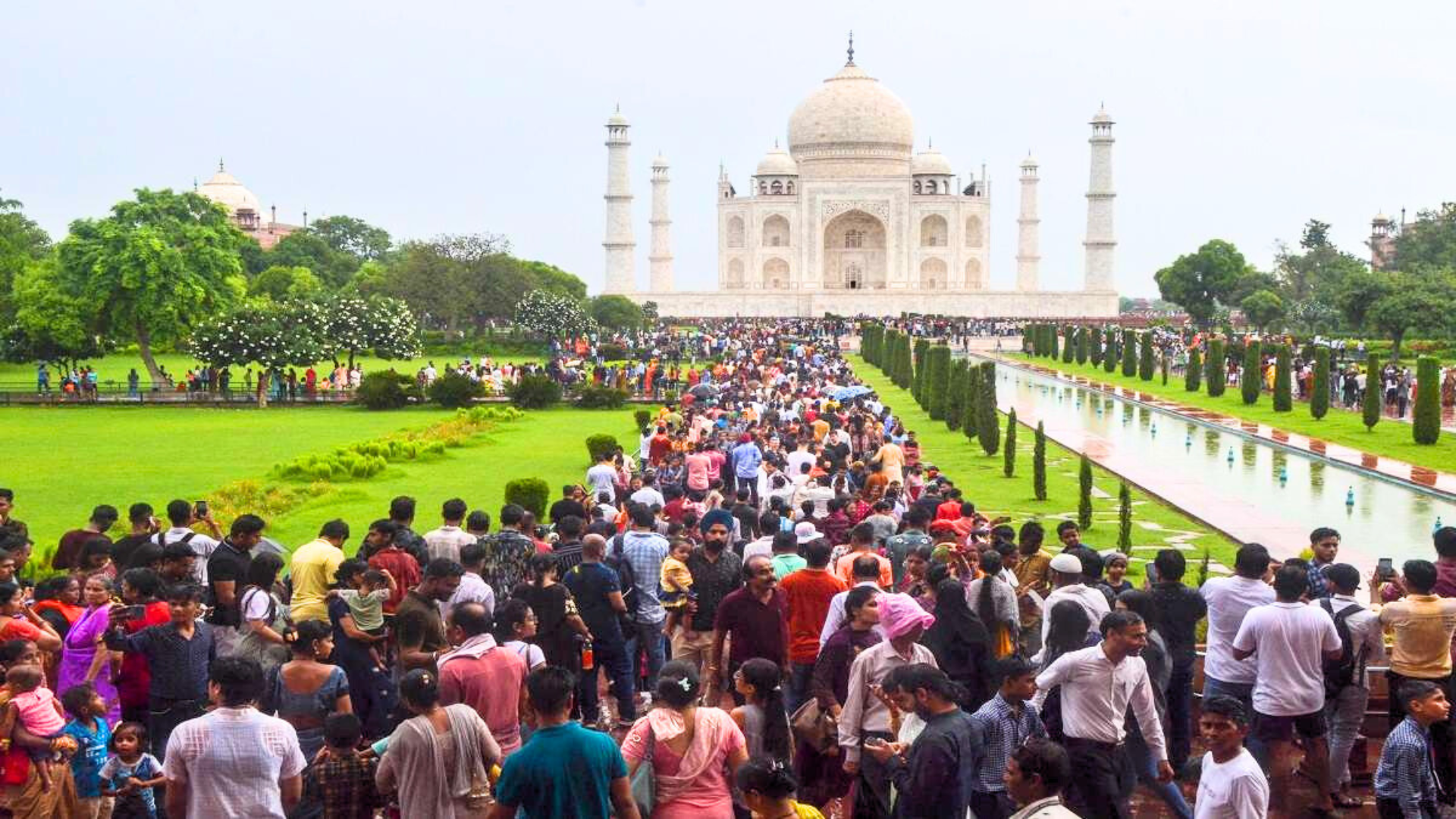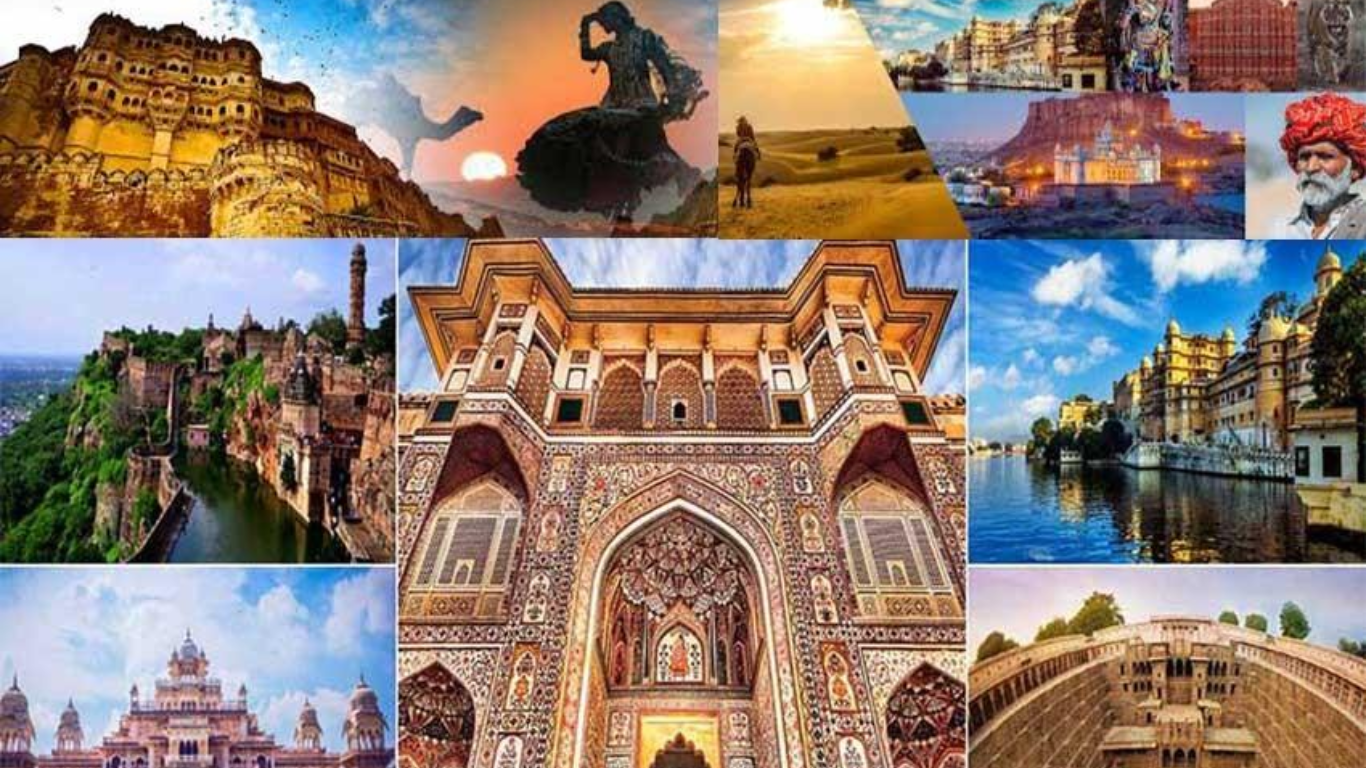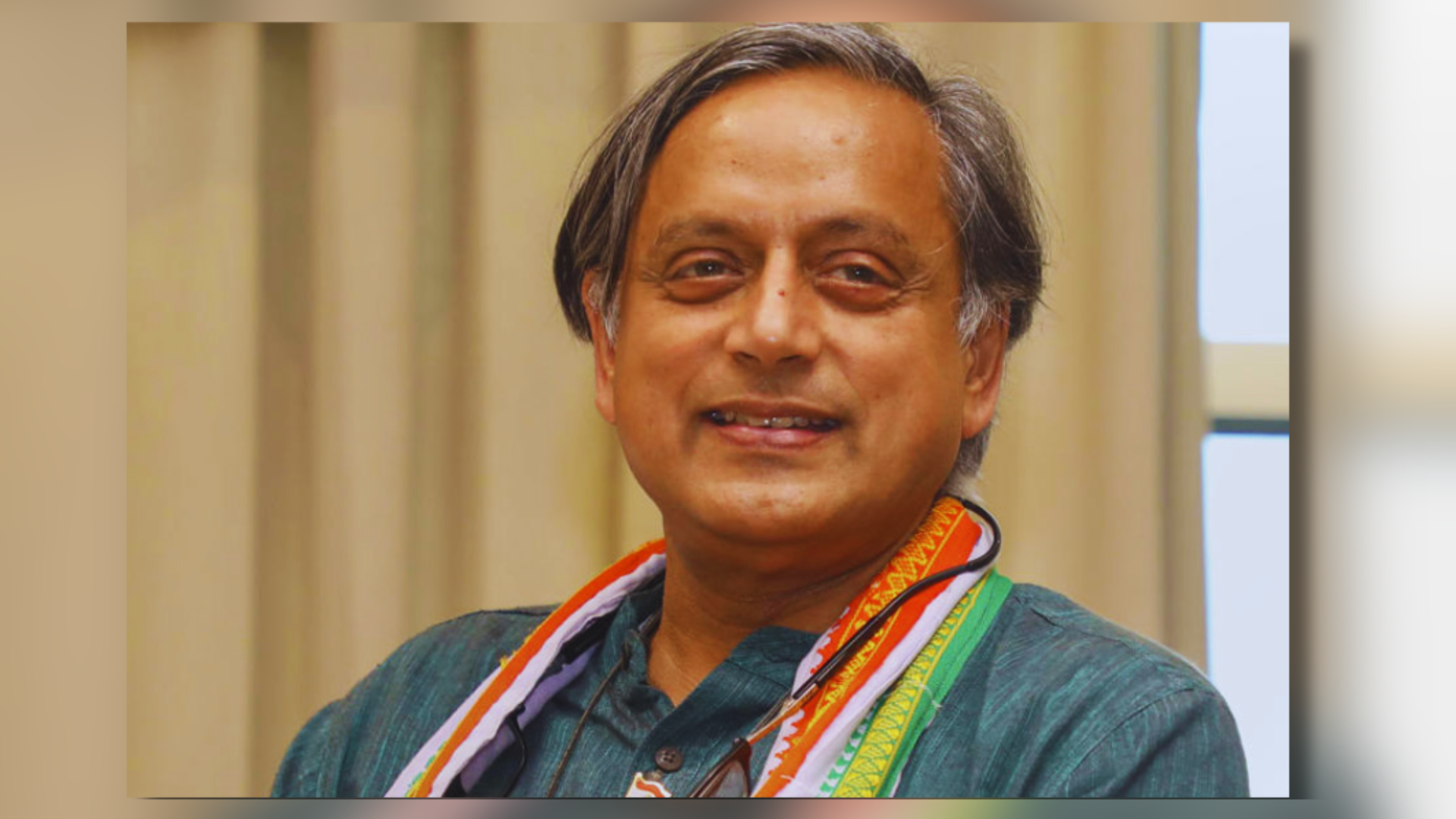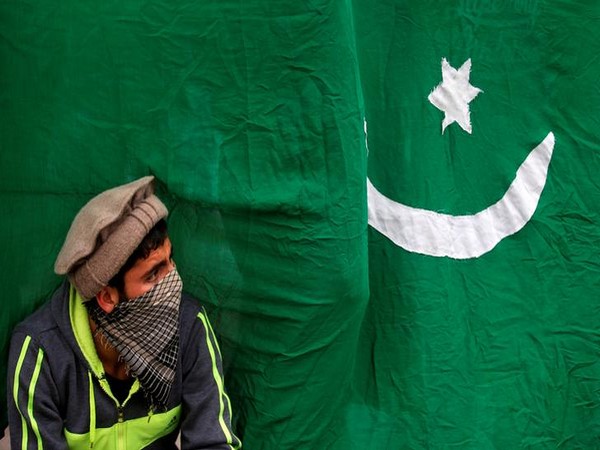We often talk about traveling to various cities and states, we often make plans to take trips across states like Himachal Pradesh, Rajasthan or even Coorg in the Southern part of India, for that matter, and several others. Well, while travelling to the diferent corners and cities of the various states sounds pretty fun and exciting, there is still a question that always lingers in the back of my mind. All of us love travelling to places but how much do we know about the places we take these frequent trips to. For example, Most of the North Indians take their first few trips to the cities in Rajasthan, but what do we know about the state, really? What about the history of the entire state? What do you know about the history of the royal state of Rajasthan?
Historical significance:
Archaeological discoveries suggest that Rajasthan, the ‘Land of Kings,’ has been inhabited for many thousand years. One maybe able to trace its origins back to the Indus Valley Civilization.
The Harappans were the first to settle on the embankment of the Sarasvati River, which began in Rajasthan’s Aravalli mountain range. However, the region saw major climatic changes and was flooded, leading to its abandonment in the aftermath.
For a long period, it was devoid of human habitation, until tribal populations such as the Bhils and Meena moved in. In addition, the Aryans were thought to have established in the region circa 2,000 BC, followed by the Mauryan dynasty from 321 to 184 BCE.
However, due to the state’s strategic position and multiple ancient rivers flowing through it, such as the Sarasvati and the Drishadvati, the state drew the attention of several empires, including the Hunas, Arjunyas, Yaudheyas, and Saka Satraps, among others.
The Rajput dynasty took over the state in the 9th century, ushering in the most prosperous period in Rajasthan’s history. The Rajputs were fighters, and the state flourished by leaps and bounds under their reign.
Also read: A Culinary Journey Through the Pink City’s Delicacies and Street Food
Walking through the streets of Rajasthan, you will discover grand ancient monuments erected by the Rajput clan, such as forts, palaces, and temples. However, throughout time, the Rajput kingdom was divided into 21 dynasties and 36 royal clans. They had lost their cohesiveness.
The Chauhans took control of Rajasthan in the 10th century, but their dominion was short-lived. The Muslim sultanate defeated Prithviraj Chauhan of the Chauhan dynasty and seized sections of the realm in 1192 CE. By 1200 A.D., Muslim kings had established themselves in several districts of Rajasthan.
The most powerful seat in the early 13th century was Mewar, which was still ruled by the Rajputs. Almost every monarch had his sights set on Mewar. Akbar, the Mughal emperor, became close to several Rajput kings, even marrying a Rajput princess, Jodha Bai, daughter of Amer’s Maharaja.
Following their marriage, numerous Rajput kings formed an alliance with Akbar, strengthening his authority and influence over the realm. The influence of the Rajput clan and the Mughal empire can still be seen in the state’s historical and architectural landscape.
However, several Rajput kings, such as Rao Chandrashekar Rathore (Marwar), Rana Udai Singh (Mewar), and Maharana Pratap (Mewar), were opposed to Akbar and refused to bow down to him. They were always at odds with Akbar. In 1526, Akbar and Udai Singh fought a battle in which Akbar seized control of Chittorgarh, Mewar’s capital.
Following the setback, the Rajput clan’s ladies committed self-immolation in order to maintain their honour. Almost the whole Rajputana (today known as ‘Rajasthan’) fell under Akbar’s power.
The Battle of Haldighati between Akbar and Maharana Pratap took place in 1576, during which Rana Pratap was seriously injured and went into exile for several years. Meanwhile, Akbar conquered Udaipur, Kumbhalgarh, Chappan, Gogunda, and other areas.
Finally, at the Battle of Dewair in 1582, Rana Pratap fought back and liberated Mewar and most of Rajasthan from the Mughals. Several Rajput and Mughal emperors shown bravery and sacrifice throughout this period. To mention a few, Rana Udai Singh, Prithviraj Chauhan, Maharana Pratap, Rana Kumbha, Rana Sanga, and Akbar are among the most notable.
The Maratha Empire rose to prominence in the early 18th century. The Maratha Empire advanced to the north of Rajasthan and merged with the Rajputs under the authority of Peshwa Baji Rao I of Pune. The majority of Rajput-ruled kingdoms remained under the jurisdiction of the Maratha Empire and flourished.
However, with the arrival of the British East India Company in the late 18th century, the Marathas lost authority. The majority of Rajput kingdoms joined forces with the East India Company, resulting in the establishment of Rajasthan (then known as ‘Rajputana’) as an autonomous state. The term ‘Rajasthan’ was popularised by James Tod, an East India Company employee who was captivated by the state’s beauty and splendour.
Also read: All the Things You Need To Remember for Your Next Solo Trip
Culture and Lifestyle of Rajasthan
The glory of Rajasthan’s culture is as royal and marvellous as can be imagined and is still preserved with utmost care. Rajasthani culture dates back to the time of the rajputana kings who were its first inheritors and rulers somewhere around 1500 years ago.
However, during the later decades It had been ruled by several monarchs, including Rajput, Marathas, and even Muslim rulers, which has resulted in Rajasthan’s rich culture, bearing countless gorgeous forts with a great variation in architecture, language, and people’s customs. Despite being a desert, Rajasthan has been provided with gorgeous landmarks such as palaces, forts, and pilgrim centres that characterise what Rajasthan is.
The culture of the city is as vibrant and rich as the history that the forts and the royal palaces withhold. It reflects the state’s colourful and diverse heritage.The essence of the culture can be found and even felt in its folk dances, traditional foods, Rajasthani people, and their daily lives. Rajasthan, being a princely kingdom, is famed for its regal splendour and royalty.
Its magnificent customs, culture, people, history, and monuments draw travellers from all over the world. Proud of its old cities, rustic forts, lively markets, and rich culture, Rajasthan makes for a magnificent place to visit in India. Rajasthan is a culturally varied location because of every minute atom of the state, whether it’s the bright dress, ancient dance styles, or language. Rajasthan, known as the “Land of Kings,” with its regal palaces, walled havelis, and gorgeous forts has an enormous amount of stories of a bygone era to tell.
The culture of Rajasthan is largely based on some of the earliest tribes, including the Bhils, Minas, Meos, Banjaras, Gadias, and Lohars. The colourful Rajasthani culture includes fascinating music, spicy dishes, and, most importantly, unrivalled dances. Apart from the Ghevar food and the Ghoomar dance of Rajasthan, the Panihari style of music is particularly popular among visitors.
Rajasthan is a vast state expanded across cities like Jaipur, Udaipur, Ajmer and more and thus has been ruled by different kings at different periods of time which results in the diverse and vibrant culture across the state as well. So much, that each region has their own wide ranging and distinct folk cultures and traditions. Even though the Rajasthani folk music and dance are similar owing to geographical limitation,yet each has its own distinct style.
Two significant groups that contributed to Rajasthan folk music are the Manganiyars and the Langas. They sing ‘ragas’ (songs) for a variety of reasons. During the pre-monsoon season, for example, they would play ragas to summon the showers. Other well-known ethnic groups are the Banjaras, Mirasis, Jogis, and many others.
They employ a variety of traditional instruments such as sarangi, kamayach, dhols, shenhai, and been. Folk songs were often in the form of ballads for certain occasions such as weddings or births, or they were passed down to convey a narrative of valour or a romantic romance.
Rajasthan’s euphonious folk music may even make the desert bloom. They have mellifluous and appealing lyrics and are typically performed at special events and festivals. Dholis, Dhadhis, Fedalis, Patars and Kanchari, Nats, Hawais, Rawals, and many more communities in Rajasthan use singing as a career.
It doesn’t end here! The dance, here, is also varied. Diverse tribes also have different dance forms. It was primarily for the people’s and the king’s amusement. Chang, ghoomar, bhopa, tejali, and kathipuli are among the dances. The Ghoomar dance, which originated in Udaipur, has achieved international acclaim and recognition. In the day, no function in Rajasthan is complete without the traditional dance performances of regional performers.
The costumes, attitudes, gestures, and rhythm elevate the performances. The Kalbelia dance, an old dance style done by the ladies of the Kalbelia community, is one of Rajasthan’s most prominent dance traditions (snake charmers). While Rajput ladies do Ghoomar dance. Chari dance, another well-known dancing form, needs a great deal of effort and talent since the dancer must balance pots on their head.
Rich tradition of Art and Craft in the state:
Rajasthan boasts a rich tradition of art and craft, in addition to its calming music and beautiful dance styles. Rajasthan is known as the cultural capital of miniature painting in the Rajputana style, and it is the Holy Grail of shopping for expensive jewellery, colourful fabrics, embroidered garments, and leather items. Rajasthan’s painting styles are likewise diverse, including schools such as Mewar, Marwar, Hadoti, Dhundhaar, and others. The state is also well-known for its stone craftsmanship and colourful handicrafts.
You may purchase miniature paintings, handwoven carpets, and puppets, which are popular with tourists. Rajasthan also features puppet shows using wooden dummies, which draw a large number of tourists. Tie-dye work, embroidery, zari, mirror work, metallic thread embroidery, and hand block painted textiles are popular in the state since it is known for its Rajasthani textile.
Rajasthan’s handicrafts are a thing of beauty and a specialty of the state’s people. Any leather object is generally made with camel leather, which is used to make journals, shoes, and purses. The carpets are hand-knitted and, like Persian carpets, feature a geometric design and borders. There are also many little things made of red sand or clay that are used as toys for children or as decorating pieces with bells attached. Most stores will also sell safah or pagri (traditional headdress), which you may bring back as a souvenir, because what’s a trip that gives you nothing to show off, isn’t it?
If you’re a person with a curiosity or an obsession, like me, with antiques, shopping in Rajasthan is a must for you since it’s highly reasonable and unique to each seller. Every antique like every other beautiful place, palace or piece has a story to tell and is significant to the history of Rajasthan.
Rajasthan Kathputli dance is highly renowned around the globe as a puppetry dance. In Rajasthan, stories from mythology and traditions are delivered using puppets, an age-old practice.
String puppetry is quite popular in Rajasthan. Kathputli tradition is centred on folk tales and folklore. Folk stories, according to scholars, depict the lifestyle of ancient Rajasthani tribal people, and Kathputli art may have originated in present-day Nagaur and adjacent areas.
Kathputli Dance, also known as Rajasthani puppetry art, is thought to have begun over a thousand years ago. The Bhati people practised this skill during the time. Following them, this skill was practised by the state’s reigning families, and it became well-known in the region.
These puppets were not only a source of amusement at the time, but also of moral and social teaching. Different programmes address various problems such as the dowry system, women’s empowerment, illiteracy, poverty, unemployment, and sanitation, and these shows enable people to become aware of the societal problems that everyone was experiencing as well as strategies to solve them.
Talking about the traditional attires of the state, while each state’s clothing and attire are distinct. Every location has its unique style of clothing and accessories. Rajasthanis, like the city’s aura and vibe, like wearing colourful outfits, turbans, and saris adorned with stones and ghungroos. Men wear turbans known as ‘Jodhpuri safa’ or ‘Jaipuriya pagri’ as part of their attire.
Angrakha, a cotton dress, covers the top body, while the lower part is wrapped with dhoti or pyjamas. Women often wear a long skirt called a ‘ghagra,’ which is paired with a top called a ‘choli.’ Rajasthani ladies enjoy wearing jewellery and accessorising their outfits with massive silver and lac decorations.
As a symbol of respect, the women also wear sarees with the ‘odhni’ covering their heads. Men dress in dhotis and kurtas with a pagri or safah. Their attire is either embroidered or dotted with motifs. Clothing is often made of cotton, and in the case of ladies, silk.
Rajasthan’s residents are as diverse and colourful as the state itself. Since ancient times, a person’s job has been used to determine his caste. The custom has been changed in contemporary times, and a child’s caste is now determined by the family in which he or she is born. It has devolved into a caste system based on birth. The caste system does not limit an individual’s ability to pursue his or her own vocation. Rajasthan’s people and lifestyle complement one another extremely well.
Also read: Dealing With Post Vacation Depression? Here Are Some Tips



